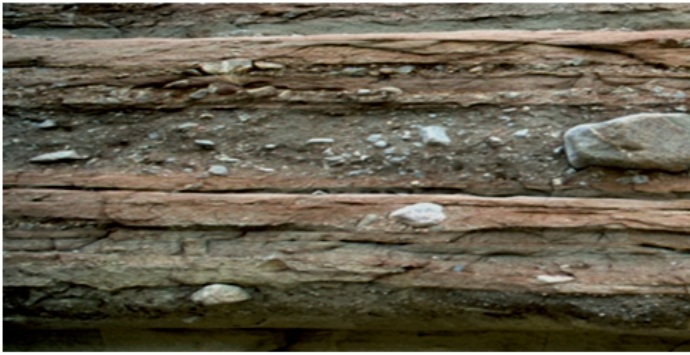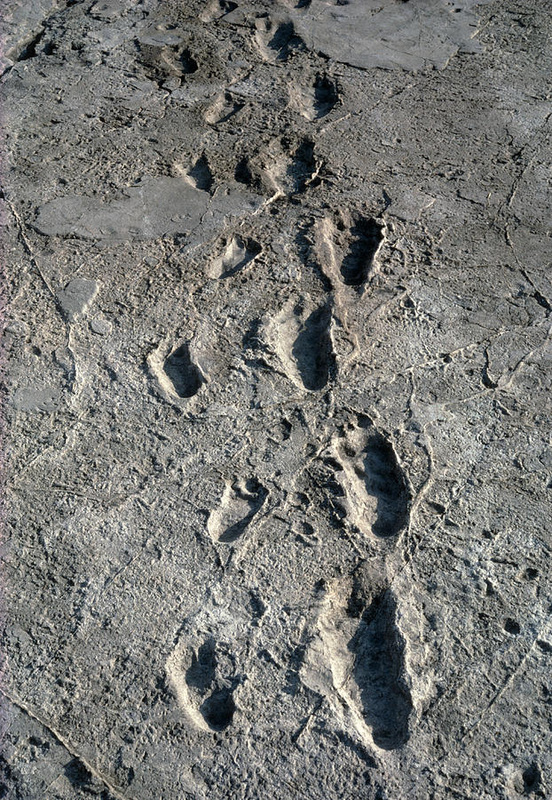Homo habilis lived 2.4-1.6 million years ago at the end of the paleolithic (old stone) period. I think that it was because of H. habilis that we were able to get to the neolithic period (new stone). It was discovered by the husband of the person who discovered the Laetoli footprints, Louis Leakey. Although, seeing how the footprints were found in Olduvai gorge, as was the first H. habilis, it was only a matter of time that it was found.
The way we know that these were the first hominids to use stone tools is because when it was found also found in the area around the find were 200 stone tools beside elephant bones. The type of tools found included choppers, scrapers, hammer stones, and sharp flakes. Choppers, which are under the term “Oldwan,” were small stones from which flakes were removed to make sharpened irregular sides. To take these flakes off a stone, they needed to use hammer stones, which they used just like our modern hammer. Scrapers were used for skinning animals and the flakes were what was left over from tall this stone tool making.
The materials they used greatly varied. From flit, quartz, obsidian, and chert (examples below). They need to get a core and a hammer stone. The hammer stone had to be impervious to breaking against the core because that would make an uneven break on the core thus having to break off more than that was needed from the core. After they would have to very carefully shape the flake that was seen as ideal for the job at hand (hunting, cutting, scraping), with the hammer stone.
Even though stone tools are from the stone age, a lot of stone tools are still used today. Some surgeons use obsidian scalpels because unlike modern steel scalpels, obsidian ones have been found to be more precise and do not rust.
So if you ever try hard hammer percussion, just remember to be safe and use a sturdy strong hammer stone.
Please feel free to leave me a comment either about this blog or on an anthropological subject you would like me to cover.



 RSS Feed
RSS Feed
